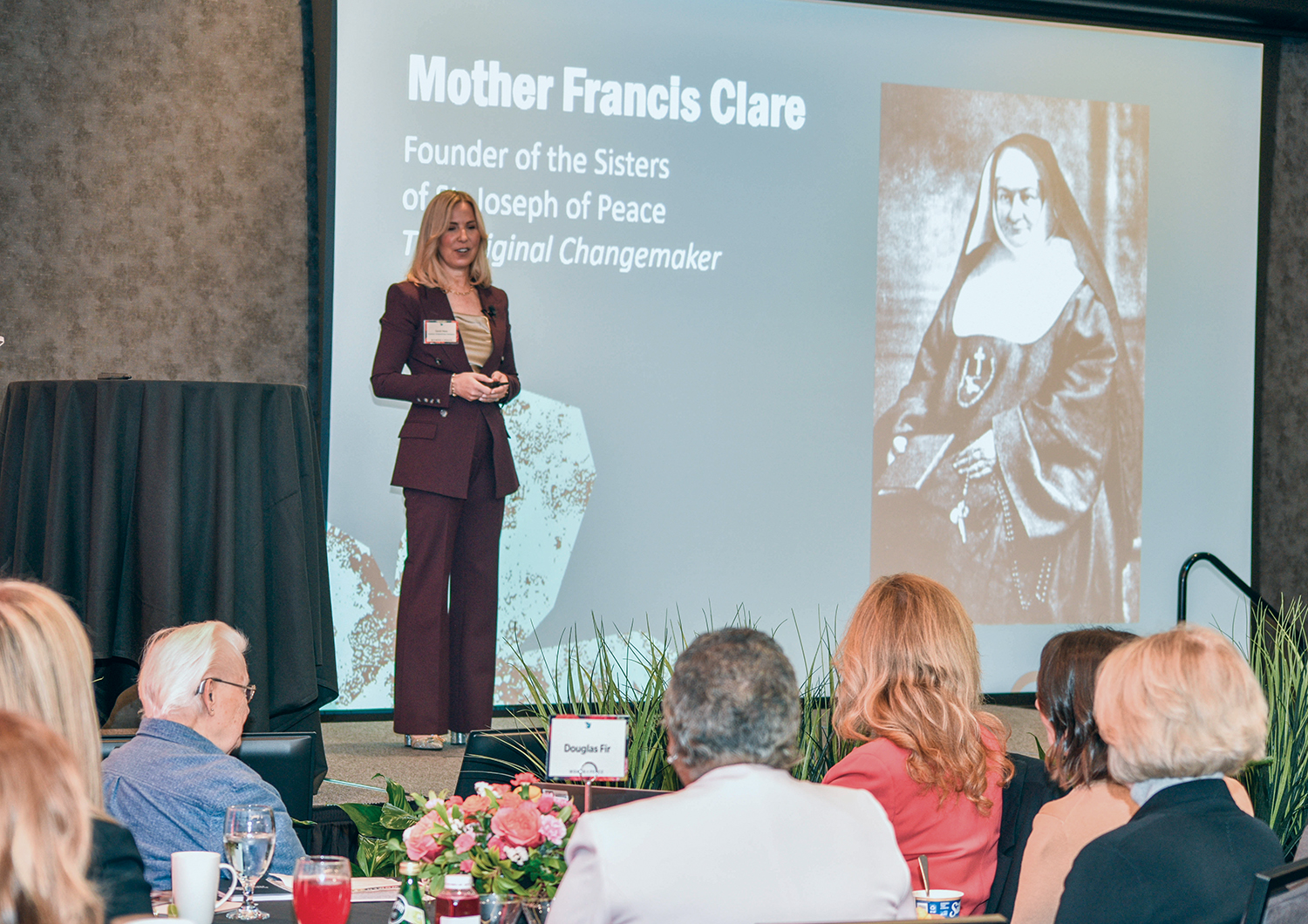
Who are the Women of Peace?
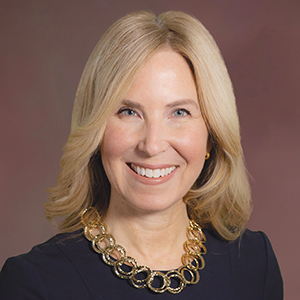
If you ask anyone at PeaceHealth, you may hear about the health system's founders, the Sisters of St. Joseph of Peace. Or maybe its president and CEO, Liz Dunne, who took the role in 2015. Or perhaps the women who make up nearly 80% of PeaceHealth's workforce.
"I think that gives us a special responsibility, given our heritage, to ensure that we are doing everything that we can do within our power to make sure that the women in our organization feel empowered to be their very best selves," said Sarah Ness, executive vice president and chief administrative officer.
To help fulfill that responsibility, the system last year launched the Women of Peace movement. "We say movement very intentionally," said Ness. "It's not a program; it's not a campaign. It truly is about how we support, develop, nurture and care for our 14,000 female caregivers within this ministry."
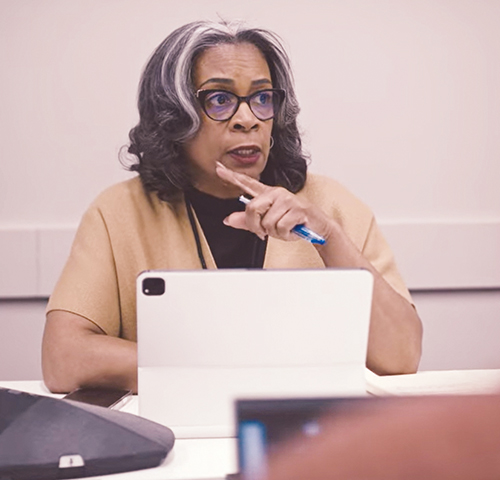
PeaceHealth has hospitals, clinics and medical centers in Alaska, Washington and Oregon.
Research consistently shows that women in the United States are far less likely to be promoted to managerial or leadership roles. There are many reasons, including gender bias, societal expectations, or lack of support and mentorship. Within PeaceHealth, there are more men than women in executive leadership roles, and about 60% of physicians and clinicians are men.
"We want to make sure that (female) leaders and caregivers have lots of opportunities within PeaceHealth, that they don't have to leave this organization to find another role or another opportunity," said Ness. "How do we create those career pathways? How do we provide professional development? How do we make connections that help them feel like they belong here, that there's a connection to a higher purpose?"
Practical solutions
About a year ago, Ness put a team together to have informal conversations about how to help women at PeaceHealth. Building on Ness' vision to honor the system's legacy of courageous female caregivers and on some programs and initiatives already in place, the team laid the groundwork for what became Women of Peace.
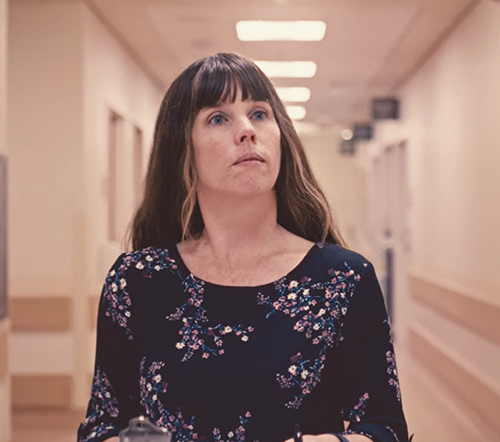
The movement includes a series of video profiles of female caregivers at PeaceHealth. The videos are emailed monthly to colleagues and posted to PeaceHealth social media channels. The profiles are meant as an opportunity to get to know each other's stories. Some of the women featured talk about past and current struggles. Several scenes are filmed at the caregivers' homes or with their family members.
"When I was younger, my primary focus was on myself, but as I grew and matured, you know, I realized that life is definitely bigger than the sum of the things that I have around," Denise Gideon, system vice president of operations, program integration and implementation, said in her video. "We all have a deeper responsibility to society. It doesn't matter where you start in life, we all have the opportunity and the ability to change not only our trajectory but the lives of others that we come in contact with."
In her video, Trevecca Winters said one of her favorite things about being a social worker is continuing to help people grow in the profession.
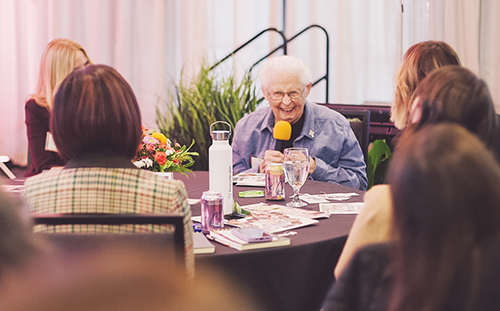
Winters is the supervisor of medical social work at PeaceHealth Sacred Heart Medical Center at RiverBend in Springfield, Oregon. "When I think about leaving a legacy for women at PeaceHealth, I think it would be to never give up, and that we are powerful and strong, and that we can make a huge difference in this work," she added.
Said Ness: "At the end of the day, we all come to this work with a different story, and different experiences, but we are a community of caregivers who feel very passionate about the work that we do, our commitment to caring for our communities. I think these profiles highlight that spirit in a very transformational way."
More support
Other Women of Peace movement efforts include:
- Establishing a "micro mentorship" program that pairs a senior leader with a junior mentee.
- Creating calming spaces that are supportive of women such as renovated bathrooms stocked with items like feminine hygiene products, deodorant and combs. PeaceHealth leaders are conducting an audit of spaces and looking at things like how accessible they are to caregivers.
- Supporting women-led organizations. In November, the movement donated $105,000 and split it between three recipients: Oasis in Bellingham, Washington, which helps the migrant Latino community; the YWCA of Clark County in Vancouver, Washington, whose mission is to empower women and eliminate racism; and Tip Tap Grow Performing Arts Preschool in Eugene, Oregon, which provides childcare centered around performing arts, play-based learning and the Montessori approach.
In January, PeaceHealth launched a lactation credit program for physicians and clinicians. The program allows new parents who breastfeed to schedule a 30-minute "lactation hold" during each half day for pumping or nursing. Each hold is credited with a set of work relative value units, or RVUs, so workers are not penalized financially for taking time away from a workday.
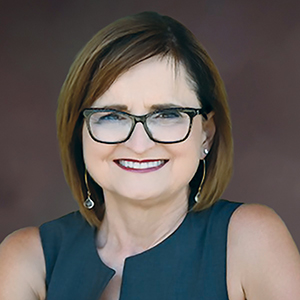
The idea originated from one of PeaceHealth's male physicians, said Dr. Melissa Edwards, chief executive for PeaceHealth Medical Group. "He had been bringing it to me for a little while, kind of just nudging me about it, saying, 'You know, it doesn't impact me personally, but we've got young female physicians and clinicians who are really trying to balance their work life and personal life, and I could see where this would be a benefit.'"
Feedback has been overwhelmingly positive, even from other staffers beyond childbearing age, said Edwards. "This is a big deal," one of her former clinical partners wrote to her. "And my formerly lactating self is thankful for our women and physicians of the future."
This change shows that PeaceHealth recognizes these employees have lives outside of their profession, Edwards said. They should be supported while breastfeeding their babies in the first year of life, a practice they recommend to patients, she pointed out.
"It's that notion of putting your money where your mouth is," said Edwards.
Also in November, PeaceHealth hosted a formal launch event of the Women of Peace movement for more than 100 female leaders across PeaceHealth. "We really came together and said, you know, this charge is on us," said Ness. "You're all in leadership roles. It's our duty and aligned with our heritage to do more. You make PeaceHealth the best it can be today and ensure that we leave PeaceHealth better than we found it."
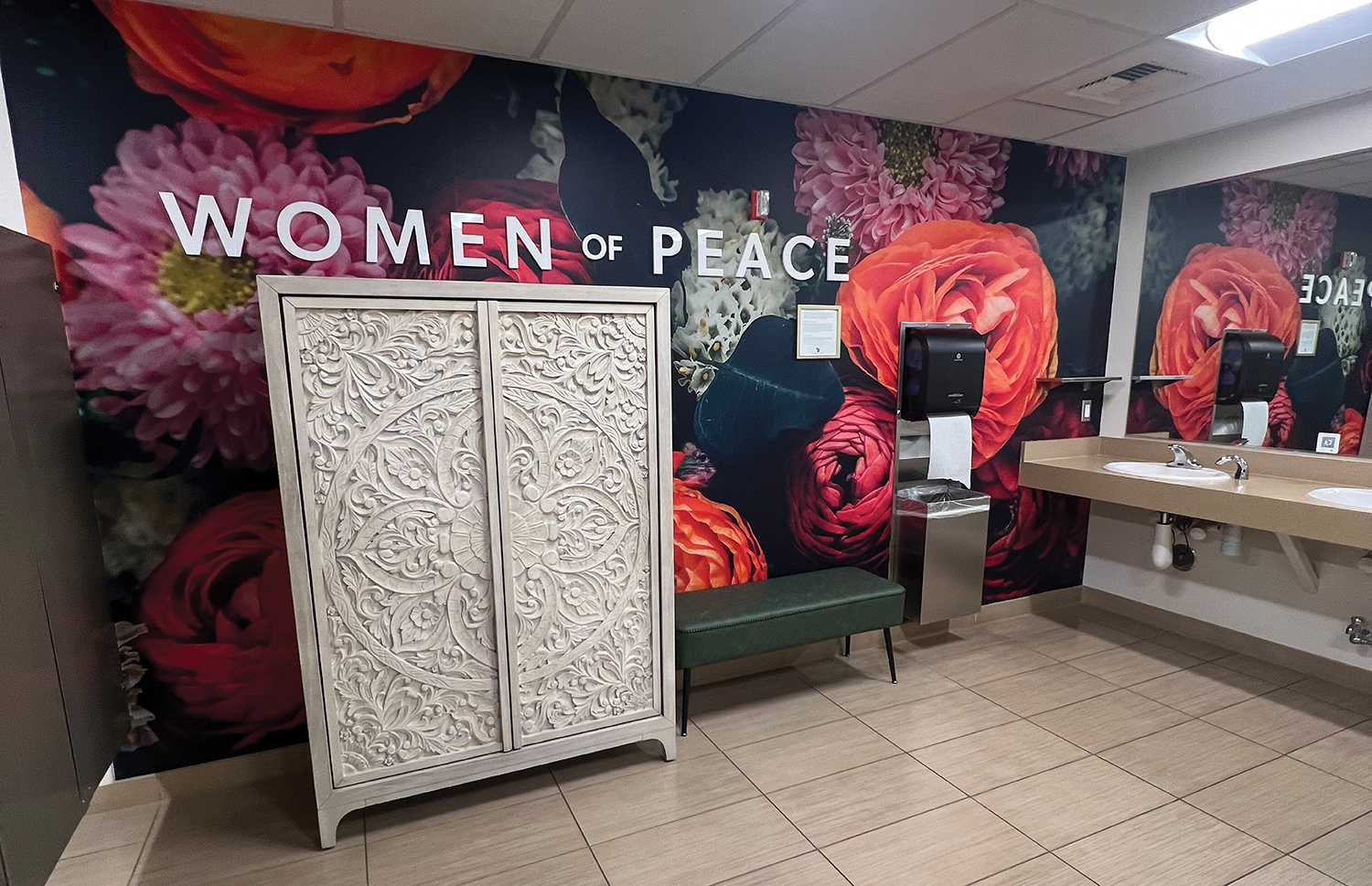
The health system is planning similar events at the local level "to make sure we're bringing everyone into the conversation," said Ness.
Measuring success
Leaders plan to measure the Women of Peace movement's success through feedback and other metrics. They have already seen job retention rates among female caregivers rise, from 81% in 2023 to 86% in 2024. A survey of male and female caregivers saw improvement across several areas in that time period, including increased feelings of belonging, being treated with respect, and pride in PeaceHealth.
While reflecting on the Women of Peace movement, Ness recalls the words of Sisters of St. Joseph of Peace Congregational Councillor Sr. Kathleen Pruitt, who attended the November leadership event. Sr. Pruitt will often say: "Let us be who we say we are."
Said Ness: "And I think this is absolutely the epitome of us trying to be who we say we are."
